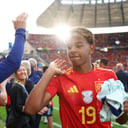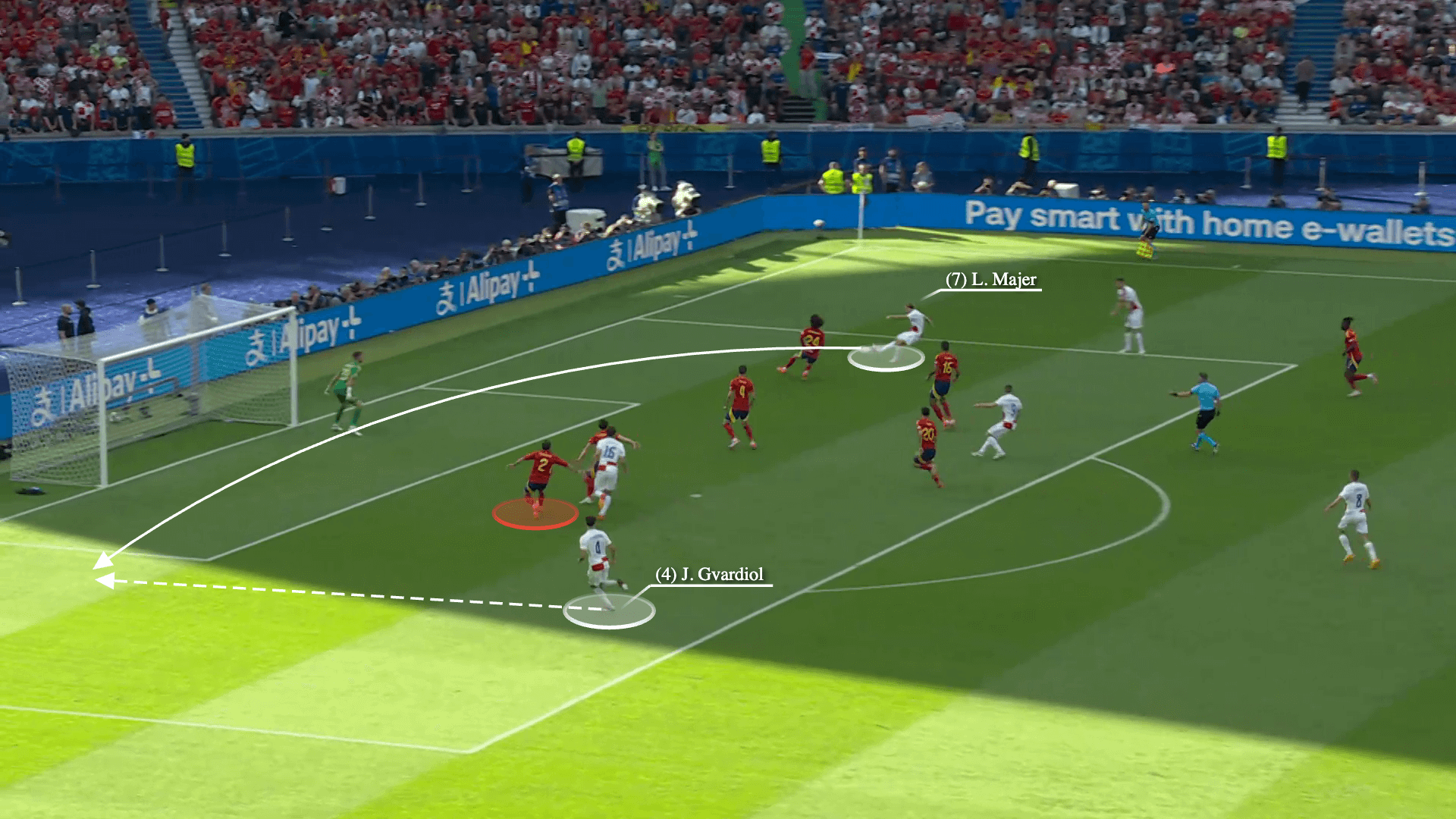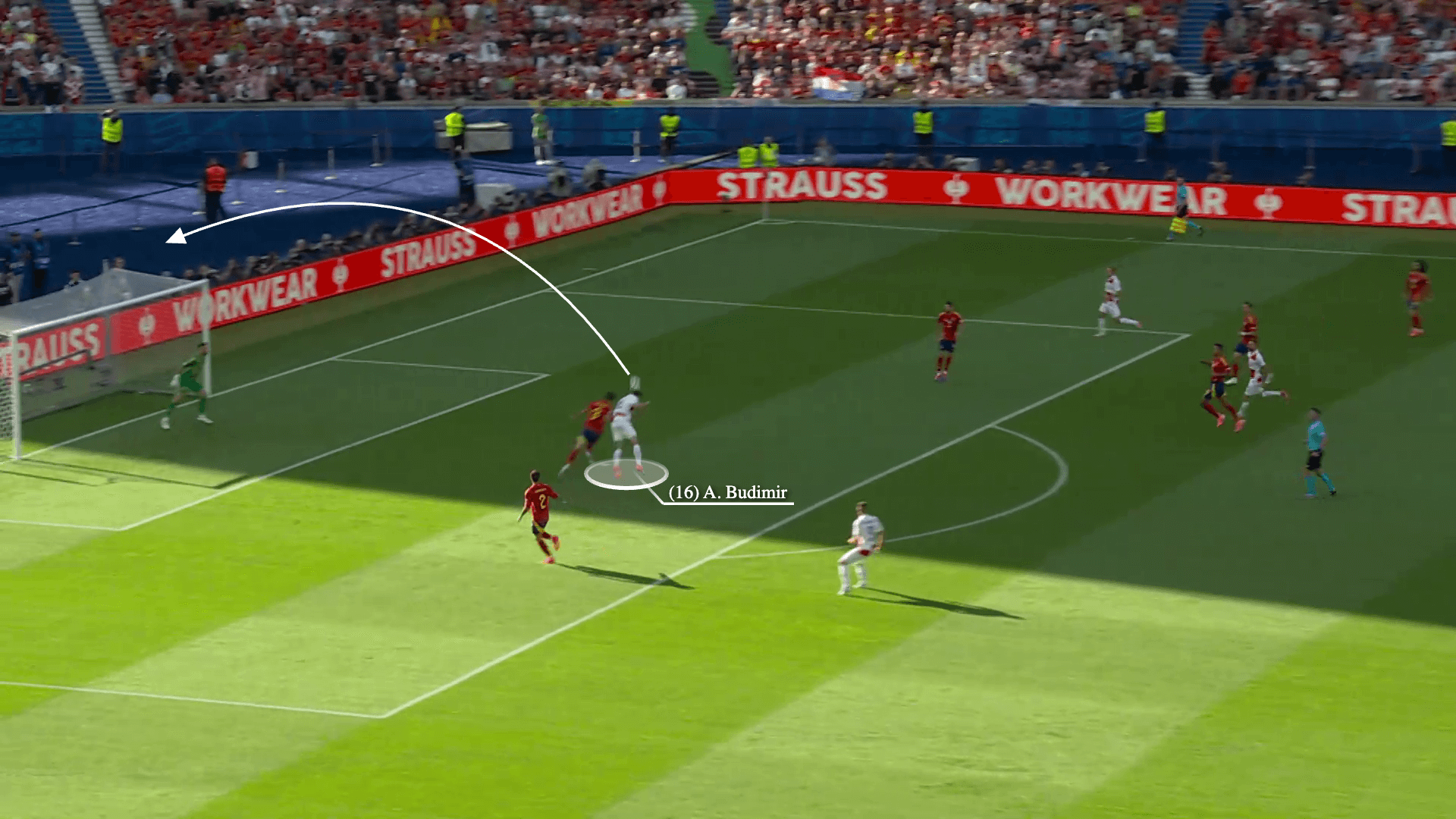It is barely remembered how teams perform in their first match of international tournaments as long as they put points on the board. The way these competitions work means that the result is king.
In a seven-game path to the European Championship trophy, one win in the group stage might be enough to get you into the last 16 as a third-place team, and the knockout rounds have never been about who is the better side, but who can progress on the day — which most recent winners of the Euros can attest to.
Advertisement
This is contrary to domestic leagues, where you can’t get away with poor performances for the entirety of a season and still emerge the champions.
However, this statement only holds in hindsight — players, coaches and analysts don’t go into their next games unprepared because of the previous results.
Spain’s 3-0 victory against Croatia on Saturday in both teams’ Euro 2024 opener was only a demolition on paper, and the result could have been different if not for Croatian mistakes and the individual ability of Luis de la Fuente’s side.
The way Spain operated on the ball shouldn’t worry De la Fuente as much as his team’s organisation without it.
Initially, their high pressing caused Croatia problems, such as when Rodri beat his Manchester City midfield colleague Mateo Kovacic to the ball in the sixth minute, which led to an Alvaro Morata shot on target. But once Zlatko Dalic’s men bypassed the press and Spain dropped deeper, cracks started to appear.

GO DEEPER
History-maker Lamine Yamal perfectly embodies the new-look Spain
Under Dalic, Croatia’s wide forwards in the 4-3-3 often move inside to find spaces between the lines…

… or roam from their narrow positions to overload the other side of the pitch and help ball progression.

The player Spain failed to regularly track was Andrej Kramaric, who started on the left…

… but constantly moved in-field, into the space between Spain’s defence and midfield.
Here, he positions himself behind Rodri, then dashes into the space Fabian Ruiz vacates when the latter moves up to press Luka Modric.

Now in a pocket inside Spain’s block, Kramaric is free to receive the ball because Nico Williams doesn’t move across due to the positioning of Lovro Majer and Josip Stanisic, who might create an overload against Marc Cucurella.
This allows Josip Sutalo to find Kramaric between the lines…

… but the forward’s subsequent pass towards Ante Budimir is heavy.

In another example, Kramaric starts from a wider position and moves inside with Josko Gvardiol pinning Spain’s right-back, Dani Carvajal. Meanwhile, Rodri, Fabian and Pedri are focusing on the ball and their midfield counterparts, which allows Modric to find Kramaric’s movement behind them.

The Hoffenheim forward then finds Majer’s run down the right wing…

… and he plays a ball across goal.
Budimir’s positioning before Majer hits that cross forces Carvajal to react, leaving Gvardiol free towards the back post…

… but the Manchester City defender’s ball back across goal narrowly misses both the target and his centre-forward.

The distance between Spain’s defensive and midfield lines meant that other players could roam into that space.
In this example, Marcelo Brozovic is completely free between those two units after Pedri moves up to press and the Spanish centre-backs can’t commit forward because they are occupied. As a result, Gvardiol easily finds Brozovic in space…

… and the midfielder switches the ball to the advancing Stanisic…

… who finds Budimir inside the penalty area, only for the centre-forward to miss the target.


In another example, Fabian and Pedri focus on marking Modric and Brozovic, and Rodri moves towards the ball, which vacates the midfield zone for Kovacic to attack. Meanwhile, Budimir’s threat and Kramaric’s narrow positioning and movement pin Carvajal and the centre-backs, which increases the size of the gap in midfield.

Majer finds Kovacic behind Spain’s midfield trio with their team’s lines stretched…

… and he dribbles into space, but his shot is saved by Unai Simon.

Early in the second half, Croatia played through Spain again to create what was their best chance of the match — until Bruno Petkovic missed a late penalty.
In the build-up to that opportunity, Rodri, Pedri and Fabian are high up the pitch, and Majer and Kramaric move inside to attack the space between the lines. Sutalo finds Majer with a line-splitting pass…

… and the Wolfsburg midfielder plays it to Kovacic, who carries the ball forward, but Croatia failed to find the net after multiple attempts inside Simon’s six-yard box.

The scoreline might mask the problems Spain faced in this match, but considering their next opponents Italy’s 3-2-4-1 shape on the ball and successful use of Davide Frattesi and Lorenzo Pellegrini as twin No 10s against Albania in their opener later in the day, De la Fuente needs to find a solution to this gap in midfield and the distance between his defensive and midfield lines.
Despite the win, there is room for improvement if this group wants to win Spain’s fourth European Championship.
Results might be the only things that matter on their journey towards the final back in Berlin on July 14, but to achieve them they need the right preparation.

GO DEEPER
Rodri and Morata injury concerns played down after Spain win
